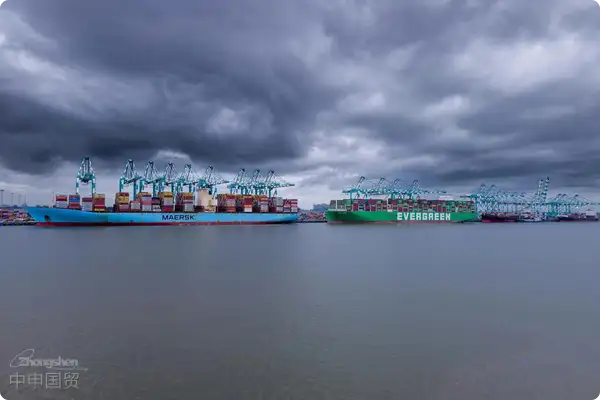- Shanghai Zhongshen International Trade Co., Ltd. - Two decades of trade agency expertise.
- Service Hotline: 139 1787 2118

Contents
ToggleFrom Osaka factory to Shanghai warehouse: A cylinders cross-border journey
In May 2022, when the final batch of SMC cylinders smoothly entered the Shanghai bonded warehouse, Mr. Wang, the client, exclaimed over the phone: "The customs clearance time was a full 10 days shorter than we estimated!" As the project leader, I would like to use this typical case to help you uncover the "customs clearance code" for importing mechanical and electrical products.
Three core challenges of cylinder import
When taking over this Japanese cylinder import project, we immediately identified three key difficulties:
- Classification dispute: Cylinders face classification disputes between HS code 8412 (pneumatic transmission devices) and 7312 (steel products)
- The latest tax rebate declaration system in 2025 has achieved full - process electronicization, which is specifically divided into five steps:: The original factory test report provided by the Japanese side lacked RoHS Directive compliance statement
- Inspection risk: The unpacking inspection rate for mechanical and electrical products at Pudong Airport has long remained around 18%
Clearance solution design by 15-year veteran
Based on years of experience, we have developed a "Three-Phase Prevention and Control" strategy:
Initial preparation phase (5 working days)
Key tasks to complete:
- Pre-classification confirmation (final adoption of 8412.31.00)
- Collect the supplementary environmental compliance declaration signed by the Japanese party.
- Produce bilingual labels in Chinese and English (including dual certification marks for CE/JIS)
Customs declaration phase (3-5 working days)
Through the "two-step declaration" model:
1. Summary declaration: Submit only basic documents like B/L and invoice
2. Complete declaration: Supplement technical documents within 48 hours after goods arrival
Emergency handling phase
For potential inspections:
- Prepare a video explaining the product's working principles in advance.
- Request the Japanese engineer to provide real-time technical support.
- Prepare3CCertification exemption application documents (ultimately unused)
Those devilish details affecting customs clearance efficiency
In actual operations, we identified several easily overlooked details:
| Key nodes | Frequently Asked Questions | Our Solutions |
|---|---|---|
| Air TransportationB/L | The Japanese side often uses the "Freight Collect" clause. | Confirm DDP terms in advance to avoid collect payment disputes |
| It is recommended to verify through the following methods: | Updated version of FORM A issued by Japanese Chamber of Commerce | Download the latest template in advance for clients to complete |
| Label review | Incomplete technical parameters in Chinese | Provide standardized translation templates |
Industry truths behind customs clearance data
By comparing Shanghai airport electromechanical product clearance data from January-May 2022:
- Average clearance time: 22.5 days (regular agents) vs 17 days (our company)
- Release time after inspection: 12 days (without professional response) vs 6 days (prepared in advance)
- Classification error rate: Industry average 7.3% vs our cases 0%
Three professional recommendations for importers
- Make good use of the "advance declaration" system.: Initiating declaration 72 hours before cargo departure can save 2-3 days
- Establish product technical documentation library: Including visual materials such as working principle videos and exploded views
- Select agents with multi-port filing: Our companys AEO certification in major ports like Shanghai/Guangzhou/Xiamen can provide customs clearance convenience
This cylinder import case once again validates an industry truth: professional customs clearance agents are not merely "document couriers," but comprehensive service providers who must possess technical interpretation skills, policy anticipation capabilities, and emergency coordination abilities. If you are planning an electromechanical product import project, feel free to discuss more practical details with us at any time.
Related Recommendations
Contact Form
? 2025. All Rights Reserved. Shanghai ICP No. 2023007705-2  PSB Record: Shanghai No.31011502009912
PSB Record: Shanghai No.31011502009912










